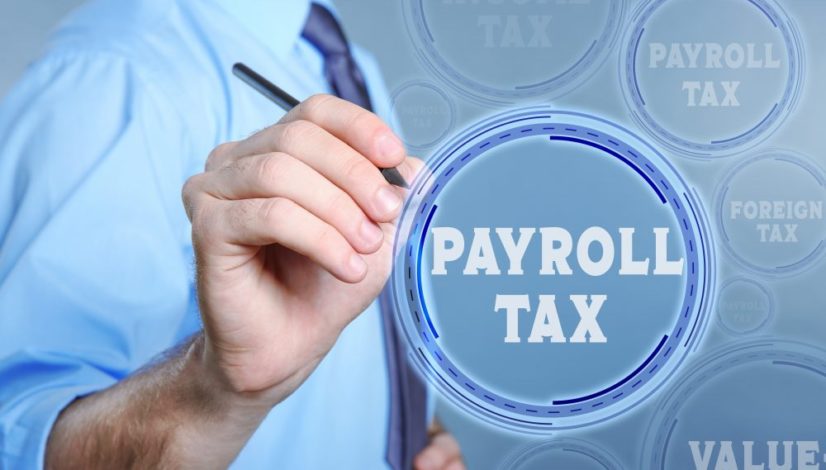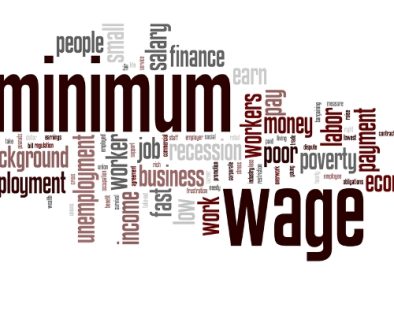Payroll Tax Rates and Thresholds
If your business pays wages to employees, you may need to pay payroll tax. Learn how payroll tax works and if you need to register.
How payroll tax works
Payroll tax is a state or territory tax. It’s calculated on the total wages you pay each month. The state or territory that your employees are located in collects the tax.
Not all businesses have to pay payroll tax. You pay when your total Australian wages are over the tax-free threshold for the relevant state or territory. Thresholds and tax rates vary between states and territories.
Example of when to register for payroll tax
In the financial year 2018 to 2019, QLD and NSW had a 31-day threshold of $91,666 and $72,192 respectively.
If you employ staff in QLD and NSW and your total Australia-wide wage bill for those 31 days is:
- $95,000 – you need to register for payroll tax in both states
- $75,000 – you only need to register in NSW
If your total Australian wage bill is under the maximum threshold for your state or territory, you do not have to pay.
How to check if you need to register for payroll tax
You need to register for payroll tax if your total Australian wages are more than the threshold. Check the threshold for each state or territory where you have employees. You can find the threshold and payroll tax rate on the state or territory revenue office website:
- ACT Revenue Office
- Northern Territory Revenue
- NSW Revenue
- Business Queensland payroll tax
- Revenue SA
- State Revenue Office of Tasmania
- State Revenue Office Victoria
- WA Office of State Revenue
There are various exemptions for payroll tax. Check with your revenue office to find out if your business qualifies for one.
If you’ve already registered and are closing your business, let the relevant revenue office know.Find more information, videos and webinars to help you understand payroll tax registration at Payroll Tax Australia.PAYROLL TAX AUSTRALIA




